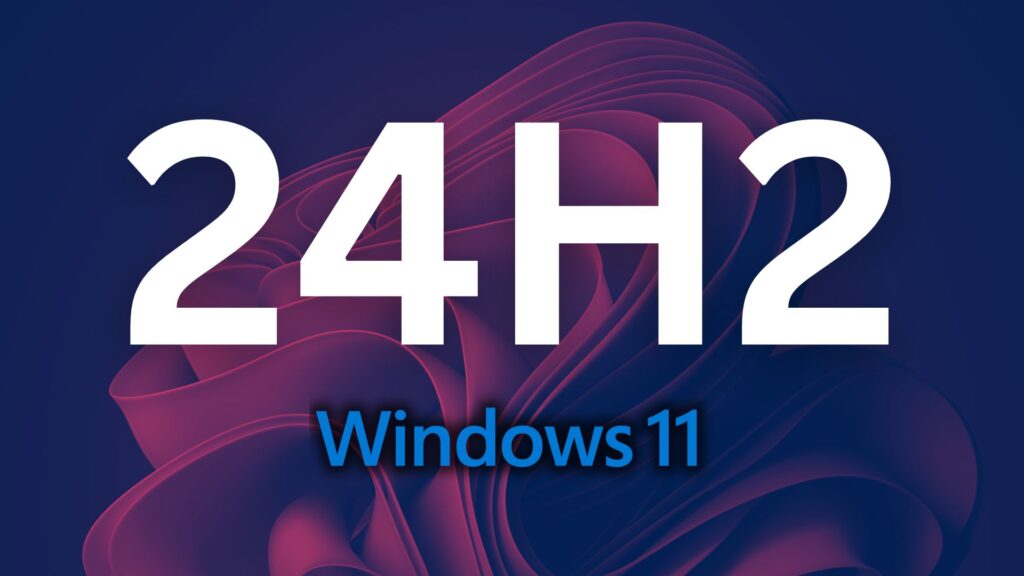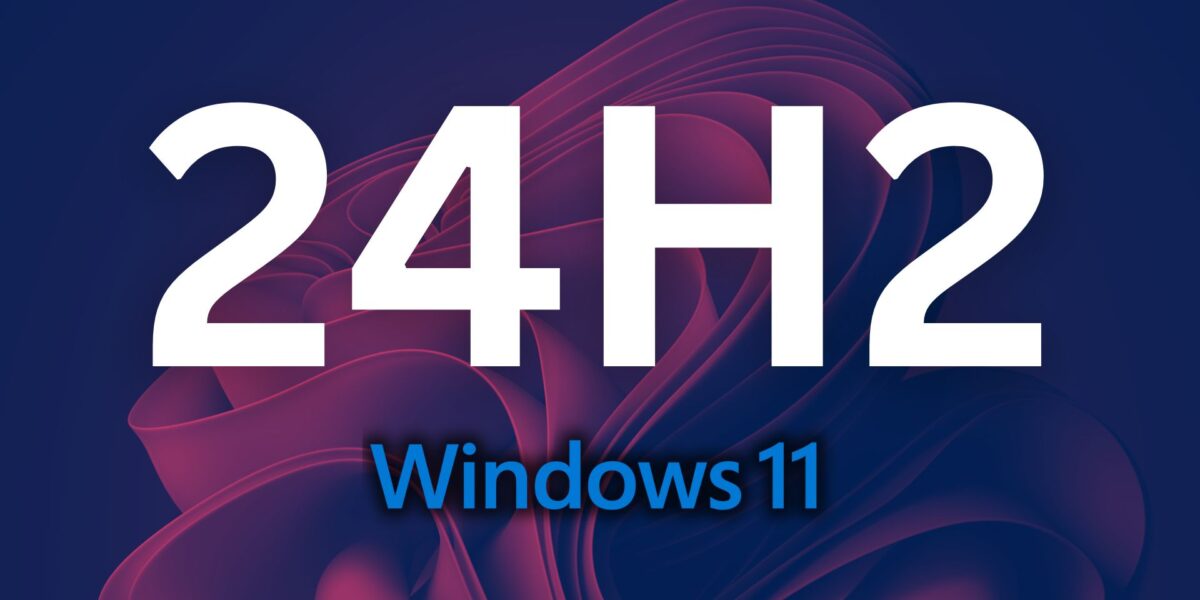Microsoft is starting to roll out Windows 11 24H2, also known as the 2024 Update, to all users as of today. This update marks the beginning of 36 months of support for the Enterprise and Education editions, and 24 months for the Home and Pro editions.

The 24H2 update can be downloaded via several sources, including Windows Server Update Services (WSUS), Windows Update for Business, the Microsoft 365 admin center, and the Software Download Service. Initially, devices running Windows 11 versions 22H2 and 23H2 that have opted for early updates will receive the 2024 Update. To enable early updates, go to Settings, select Windows Update, and toggle the option to “Get the latest updates as soon as they’re available.”
This version introduces new features such as a scrollable Quick Settings menu in the system tray, text labels for common actions in File Explorer, support for 7-zip and TAR archive formats, and enhanced Energy Saver features. It also offers extended adaptive brightness control, improved audio clarity with Voice Clarity, and new deployment and management tools, including an updated security baseline, administrative templates, a Group Policy settings reference spreadsheet, and Remote Server Administration Tools for Windows 11. Additionally, Microsoft has released Windows 11 Enterprise LTSC 2024 and Windows 11 IoT Enterprise LTSC 2024 to the Long-Term Servicing Channel (LTSC), extending their support lifecycles. Wi-Fi 7 support is also included in this update.
Version 24H2 introduces significant updates to the Server Message Block (SMB) protocol, including changes to firewall rules, support for NTLM blocking, improved dialect management, alternative network port connections, SMB over QUIC, and modifications to SMB signing and encryption.
Security enhancements include improvements to the Windows Local Administrator Password Solution (LAPS), Personal Data Encryption to protect sensitive folders, App Control for Business to block malicious code execution, Windows protected print mode, and added protection for the Local Security Authority (LSA).
It’s important to note that Windows 10 will reach its end-of-support on October 14, 2025. This gives users just over a year to upgrade before continued support ends. Microsoft has been working on making PCs safer, with this update offering encrypted folder protection as part of its ongoing security improvements.


